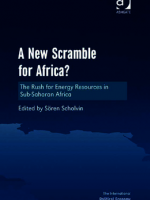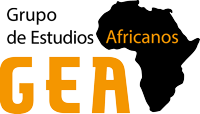Publicaciones

Mozambique's Emergence as an Exporter of Natural Resources: A Window to Resource Curse?
Tipo de publicación: Capítulo de Libro
Editorial / Institución editora: Ashgate, 2015.
Abstract:
Extracto de la introducción al libro:
In Chapter 7 Artur Colom-Jaén and Eduardo Bidaurratzaga-Aurre analyse specifically whether Mozambique’s aforementioned resource boom will eventually become a ‘resource curse’. They assess both the recent and possible future impact of the emerging coal, gas and hydropower industries on the Mozambican economy, focussing on how these sectors are affecting/will affect the lives of ordinary Mozambican people. Based on this assessment Artur and Eduardo compare different facets of the resource curse in order to reveal how likely they are to occur in Mozambique and what can be done to avoid them: the massive inflow of foreign capital (which leads to an over-appreciation of the national currency, known as the ‘Dutch Disease’), rent-seeking by the political élite, historical trajectories of weak statehood and dependency on foreign aid, and the push for market liberalisation by international organisations.
Their policy advice for Mozambique – and also for other resource-rich countries in Sub-Saharan Africa besides – is derived from Albert Hirschman’s concept of ‘linkages’. Artur and Eduardo suggest that the coal, gas and hydropower industries in Mozambique may develop various types of linkages beneficial to the Mozambican economy as a whole. These are: backward (such as the provision of transport services by locals for overseas companies), forward (mostly electricity generation), horizontal (Mozambicans using infrastructures built by/for overseas companies for example) and fiscal (in other words the taxes and royalties paid by overseas companies).
COLOM, Artur y BIDAURRATZAGA, Eduardo, «Mozambique’s Emergence as an Exporter of Natural Resources: A Window to Resource Curse?» en Scholvin, S. (ed.) A New Scramble for Africa?: The Rush for Energy Resources in sub-Saharan Africa, Ashgate, Londres, 2015, ps. 111-129.
Consulta los contenidos del libro aquí: http://www.ashgate.com/isbn/9781472430762
